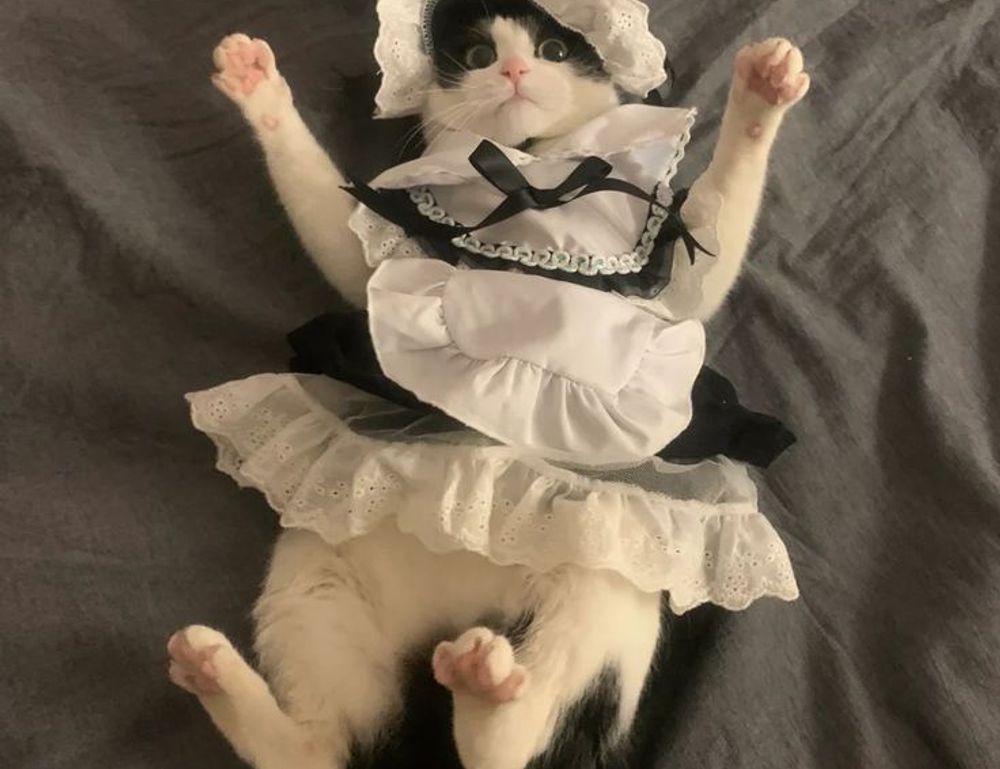Why 5.2×3.14 Matters
At a glance, 5.2×3.14 may not stand out as a standard dimension. It’s not 16:9 or 4:3. But with its neargolden ratio aesthetic, it provides a visual harmony that’s easy on the eyes and practical for design. It’s just slightly off from classic photographic aspect ratios, making it useful in cases where you’re trying to stand out—digitally or physically—without causing visual fatigue.
In other words, this is your goto when you want something just a little different. Not jarring, just distinct.
Common Use Cases
Let’s get tactical. Where does something like 5.2×3.14 pop up?
1. Print Design
Postcards, flyers, or product packaging sometimes deviate from regular Print dimensions for impact. This kind of proportion is wide enough to draw attention but compact enough to remain efficient on paper stock. Plus, it adapts easily when you need to scale things up or down.
2. Web and UI Layouts
Designing a widget, an embedded chart, or blog image with 5.2×3.14 can align with both mobile and desktop layouts. It breaks the monotony that comes with standard resolutions, offering a subtle edge in UI aesthetics. The math is easy and the rendering usually doesn’t stress frameworks too much.
3. Room or Object Prototyping
For physical projects—like laying out furniture or drafting simple blueprints—the ratio helps in conceptualizing scale without getting lost in arbitrary numbers. It works well for both vertical and horizontal orientations, making it a flexible foundation.
The Math Behind It
Break it down and the numbers speak:
Width: 5.2 units Height: 3.14 units Ratio: ~1.656
That’s narrower than 16:9 (1.78) but wider than 4:3 (1.33). It’s a comfortable middle ground where visuals are tight but not cramped. Even though 3.14 reminds everyone of Pi, this isn’t a circle thing per se. Still, it carries some of that same inherently pleasing balance we associate with circular symmetry.
How to Work with It
Got a space where you want to use this ratio? Good news: It scales smoothly.
Want an image that aligns with 5.2×3.14 but bigger? Just double or triple both numbers. Maintain the ratio. Need it to be responsive for web? Use percentages or relative units (like em or vw) but stick to the proportion.
If you’re a designer, templates help. If you’re a developer, use aspectratio tools or CSS properties like aspectratio: 5.2 / 3.14; for modern browsers.
5.2×3.14 In Practice
Here’s how real people and industries have used this ratio:
Photography Portfolios: A few photographers have started favoring 5.2×3.14 because it lets horizontal shots feel wider without dwarfing verticals. You can clock smoother row arrangements while keeping visual interest high.
Mobile Ad Cards: Rotating banners or ad cards for mobile landing pages often use nonstandard sizes. 5.2×3.14 fills screens well without sounding the alarms in compliance checks.
Product Mockups: Tshirt and packaging mockups sometimes use this to highlight asymmetric designs—especially ones where the graphic leans left or right.
Art Canvases: Athome creators sometimes choose canvas sizes along these lines for pieces meant to draw the eye without fitting traditional frames. It’s nonstandard without being outrageous.
Benefits of Going OffStandard
Choosing a size like 5.2×3.14 isn’t just about being different; it works. Here’s why:
More Visual Interest: It draws focus subtly. Similar to how a 5beat rhythm catches your attention more than a waltz. Better Space Utilization: For physical or onscreen compositions, this ratio can help prevent wasted buffer space. Flexibility: The dimensions don’t lock you into specific publishing or layout boxes.
Closing Thoughts
In a world built on rectangles and ratios, the 5.2×3.14 format is a quiet outlier that earns its keep. It’s not standard—but that’s the point. Using it implies purpose, intention, and just enough deviation to catch the eye. Whether you’re crafting an ad banner or blocking out the next big thing on a whiteboard, this ratio gives your work a distinct, useful edge.
Bottom line? It pays to try smart proportions. 5.2×3.14 isn’t just a number—it’s a layout hack you didn’t know you needed.




